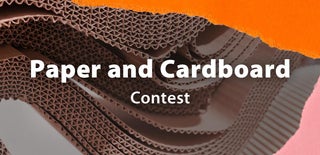Introduction: PVC Solar System
This instructable is the result of my son's school homework, At the end you will find a video in Spanish but I think it is very clear, so I will try to make a short summary here of the most important aspects of the video.
If any doubt please ask via comments.
What you need:
PVC Elbows
PVC Tees
PVC Pipe
Curtain aluminum pipe
Epoxy Putty
Lamp Kit
Bulb
Polystyrene Balls of different sizes
Wire
Size of the different components is not critical so you can adjust it to what you have at home.
In my case I use 1/2” PVC pipe because I had some parts available.
The only critical size is the diameter of the aluminum pipe, as this should snug fit within the PVC Tee, if it is very tight the planets are not going to move and if too loose the supports for the planets will not stay in correct position.
Step 1: Suport for Planets
Each planet is located in a support consisting of a tee, an elbow, a cap and two pieces of pipe.
The length of the pieces of pipe depends on the location of the planets and distance to sun (bulb).
The planets are fastened to the supports with a wire.
To fix the wire you have to drill a hole in each cap and I found that the easiest way to do this is with a piece of hot wire.
You must be very careful not to burn yourself when handling the hot wire is a MUST to use pliers and if possible wear gloves for protection.
Step 2: The Base
To build the base you have to fix the aluminum pipe to a PVC tee using epoxy putty, when the epoxy is hard you can continue assembling the rest of the base as shown in the image.
Step 3: Sun Wiring
Assemble the lamp kit according to the manufacturer's instructions, you need to pass the wire through the aluminum pipe and this requires drilling a hole in the bottom of the PVC Tee.
Before placing the bulb socket remember to put all tees that will hold the planets support in place.
Step 4: The Planets
At the end of each planet must revolve around the sun (translation) and can also spin on the wire (rotation).
Please watch the video to see the whole process.
Again thanks for visiting this instructable and sorry if my English is not very clear.

Participated in the
Hands-on Learning Contest













